When it comes to lighting large, open spaces like warehouses, gyms, and factories, LED linear high bay lights are often the go-to solution. These lights offer both powerful illumination and sleek, modern designs that fit seamlessly into many industrial or commercial environments. But with so many options on the market, choosing the right LED linear high bay light for your space can be overwhelming. In this guide, we'll walk you through the essential factors to consider to ensure you choose the best lighting solution for your needs.
1. Determine Your Lighting Requirements
The first step in choosing LED linear high bay lights is understanding the specific lighting needs of your space. Consider the following:
- Brightness: How bright does the space need to be? For example, warehouses with fine details or production areas may need higher lumen output for task-oriented lighting, while general lighting in a storage facility may require less intense illumination. The brightness of a light is measured in lumens, and the higher the lumens, the brighter the light.
- Purpose: Will the lights be used for general lighting or more focused tasks? For general lighting, you may want a broader beam angle, while for task lighting, a more focused beam may be necessary. Linear high bay lights are particularly useful for providing even and direct lighting across a long, wide area.
2. Consider the Ceiling Height
The ceiling height of your space is one of the most important factors when selecting LED linear high bay lights. The higher the ceiling, the more powerful the light should be, as it needs to cover a larger area.
- For ceilings 10-20 feet high: A standard LED linear high bay light with moderate lumen output (between 10,000 to 20,000 lumens) will work well for general lighting. You can space these fixtures about 10-12 feet apart, depending on the beam angle.
- For ceilings 20-40 feet high: High-output LED linear high bay lights are necessary for areas with high ceilings. Look for lights with a higher lumen output (20,000-40,000 lumens) and ensure that they are spaced 12-15 feet apart.
- For ceilings above 40 feet: You’ll need more powerful fixtures with a lumen output of over 40,000 lumens, and the lights may need to be spaced further apart to provide uniform lighting without overlighting the space.
3. Lumen Output and Efficiency
Lumen output is a key indicator of a light’s brightness, but it’s also important to consider the efficiency of the light. More efficient lights provide the same level of illumination while consuming less power, reducing energy costs.
- Wattage: When choosing an LED linear high bay light, you’ll often see wattage as an indicator of energy consumption. Generally, the higher the wattage, the brighter the light. However, it’s essential to ensure that the light's lumen output justifies the wattage.
- Lumens per Watt (lm/W): A more efficient light will have a higher lumens per watt rating. Look for LED linear high bay lights with a higher lm/W to get the most illumination for the least energy usage.
For instance, a 100-watt LED linear high bay light that provides 14,000 lumens will offer much better efficiency than a 100-watt traditional high bay light that only provides 8,000 lumens.
4. Beam Angle
The beam angle refers to how wide the light spreads. For LED linear high bay lights, choosing the right beam angle is important for ensuring even coverage across your space. A wide beam angle works best for broad, open spaces, while a narrow beam angle is ideal for specific, task-oriented lighting.
- Wide Beam Angle (120°-180°): Provides general illumination for large, open areas like warehouses or gymnasiums. This type of angle helps disperse light evenly and covers a larger area without creating harsh shadows.
- Narrow Beam Angle (90°-120°): Better for focused or task-oriented lighting, such as over workstations, assembly lines, or specific areas in a warehouse that require more concentrated lighting.

5. Color Temperature
LED linear high bay lights come in various color temperatures, which can dramatically impact the ambiance and functionality of your space. Color temperature is measured in Kelvins (K), and it affects the tone of the light emitted.
-
3000K - 4000K (Warm White to Neutral White): This range is ideal for areas where warmth is preferred, such as retail stores, showrooms, or warehouses where a more inviting atmosphere is desired.
-
5000K - 6500K (Daylight White): Best for industrial spaces, warehouses, and factories where high brightness and clear visibility are needed. These color temperatures replicate natural daylight and help reduce eye strain in environments that require precision work.
6. Durability and Quality
In industrial or commercial spaces, LED linear high bay lights need to withstand various environmental conditions, such as temperature fluctuations, humidity, or dust. Look for lights that are rated for durability and environmental resistance.
- IP Rating: The IP rating indicates how well the light is protected against dust and water. For outdoor use or harsh environments, look for lights with a higher IP rating (IP65, IP66), which ensures that the lights are dustproof and resistant to water splashes.
- Material: The materials used in the housing and structure of the light should be durable and heat-resistant. Aluminum housings are common in high bay lights because they are lightweight and help with heat dissipation.
7. Dimming and Control Options
Some LED linear high bay lights have dimming capabilities or smart features like motion or daylight sensors. These features can help reduce energy consumption and increase the lights' lifespan by ensuring they only operate when needed.
- Dimmable Lights: Use spaces where you may want to adjust the lighting levels based on the time of day or activity.
- Motion Sensors: Ideal for areas where lighting only needs to be activated when movement is detected, such as storage rooms or corridors.
Conclusion
Choosing the right LED linear high bay light involves balancing several factors, including the ceiling height, lumen output, beam angle, color temperature, and the specific needs of your space. By considering these elements, you can ensure that you select a light that not only provides adequate illumination but also enhances the efficiency and functionality of your space. Whether you need lighting for a large warehouse, gym, or manufacturing facility, LED linear high bay lights offer the ideal solution for high-performance and long-lasting illumination.
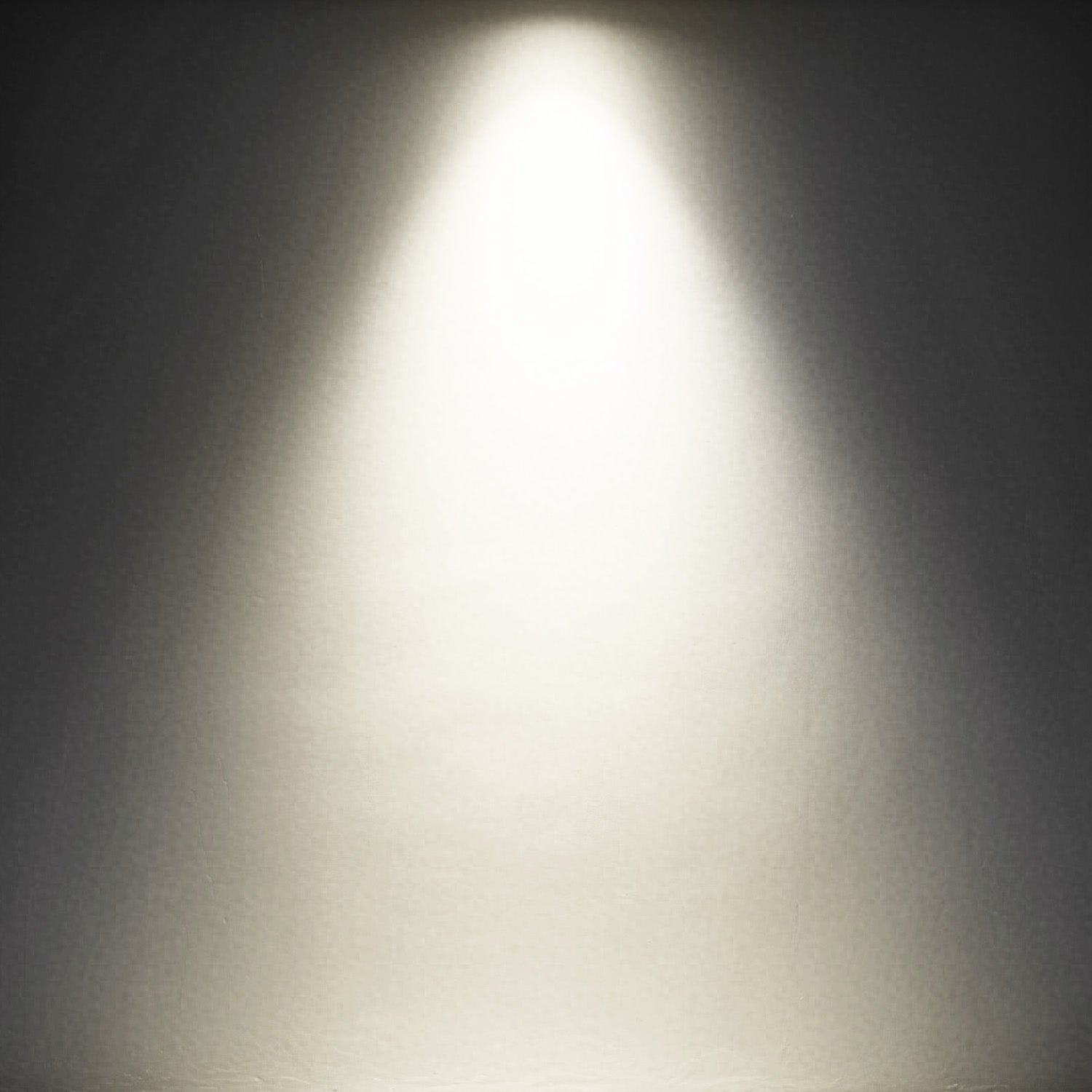
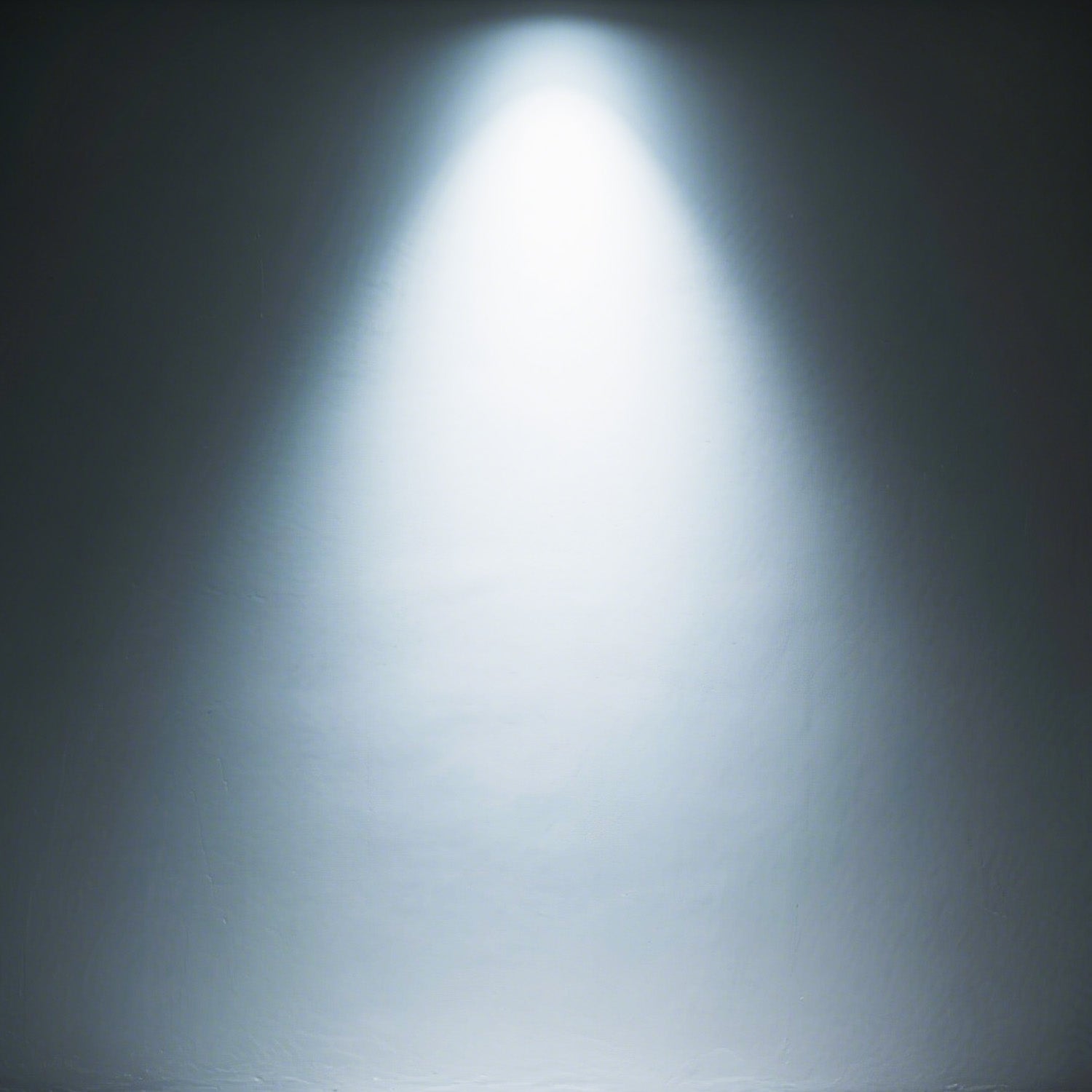
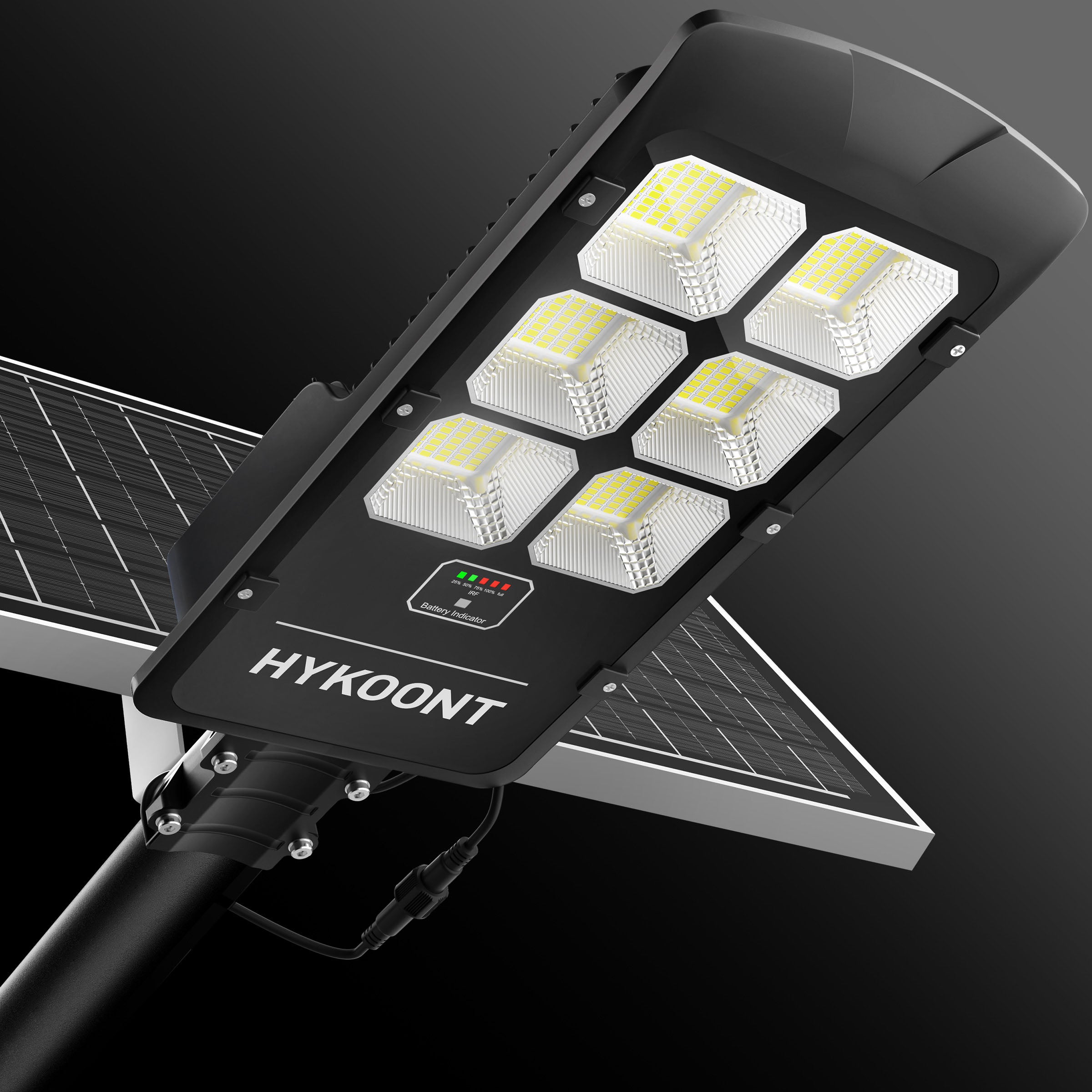
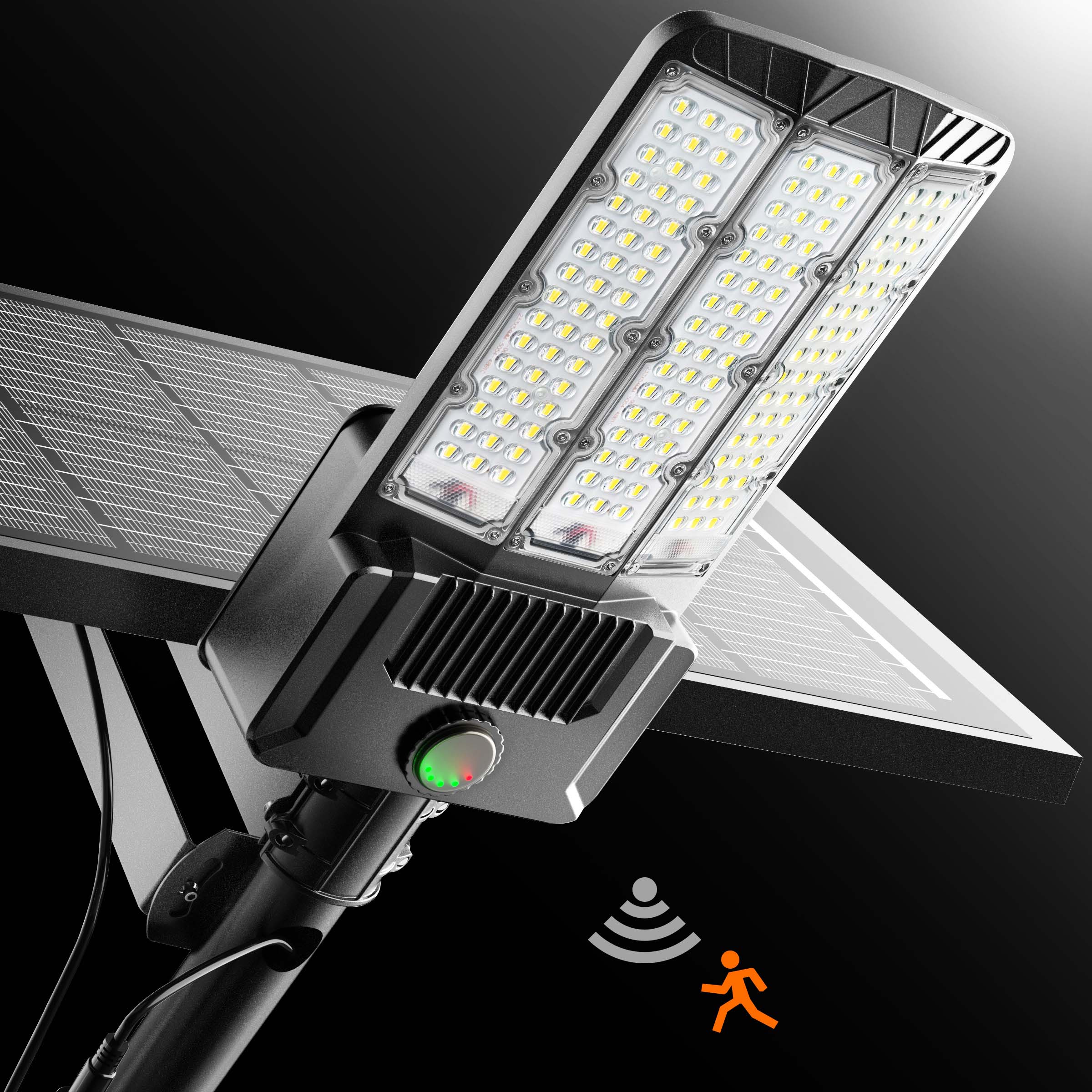
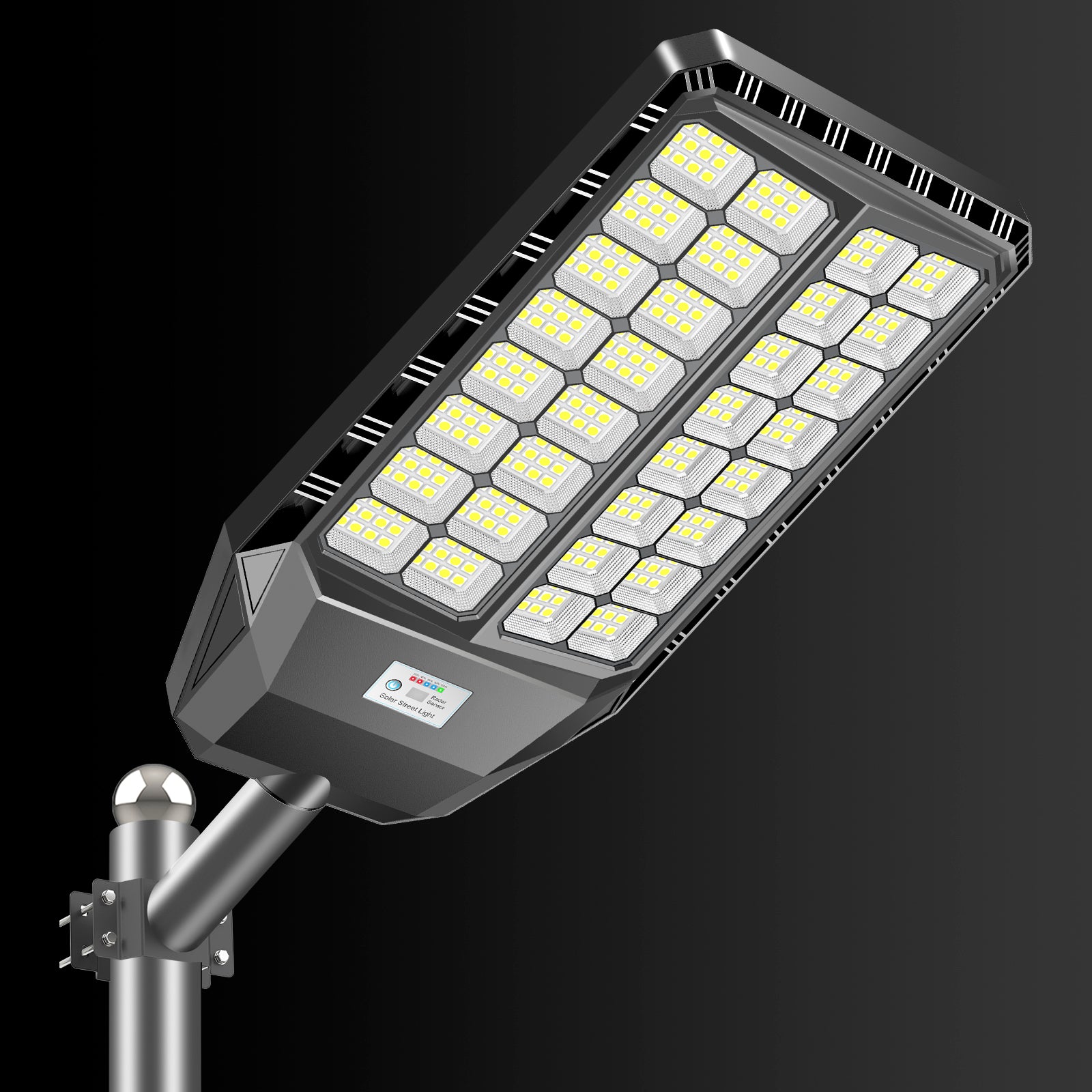
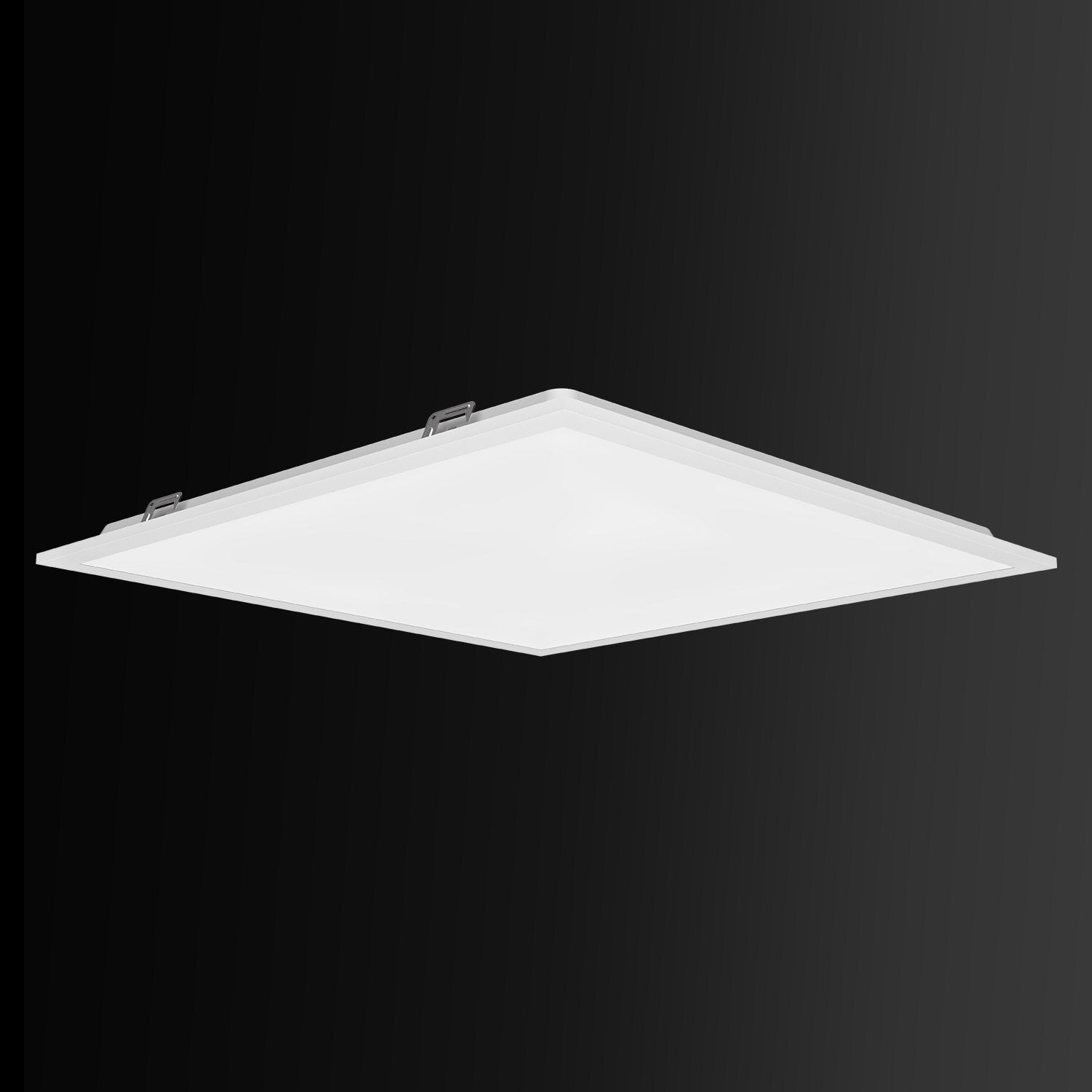
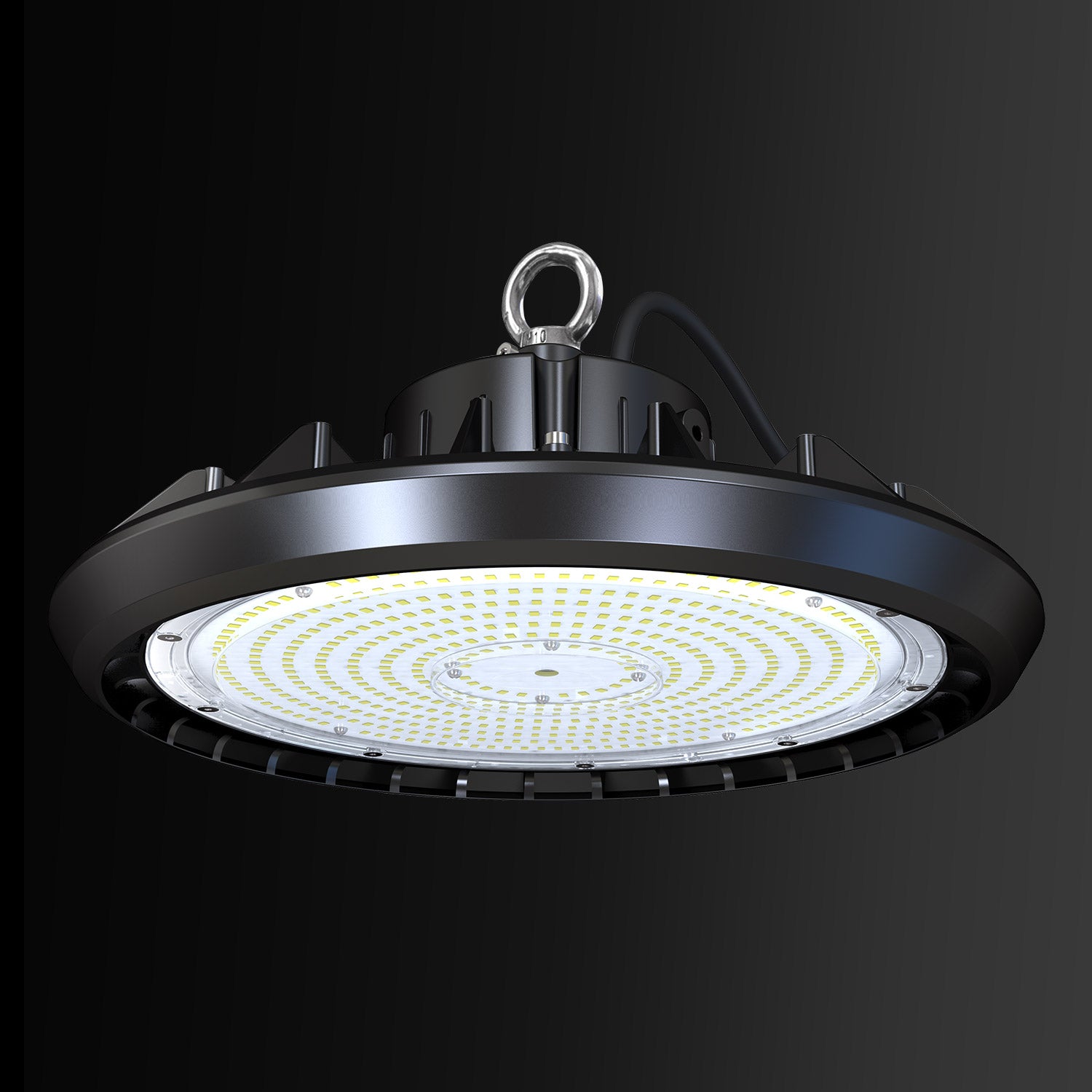
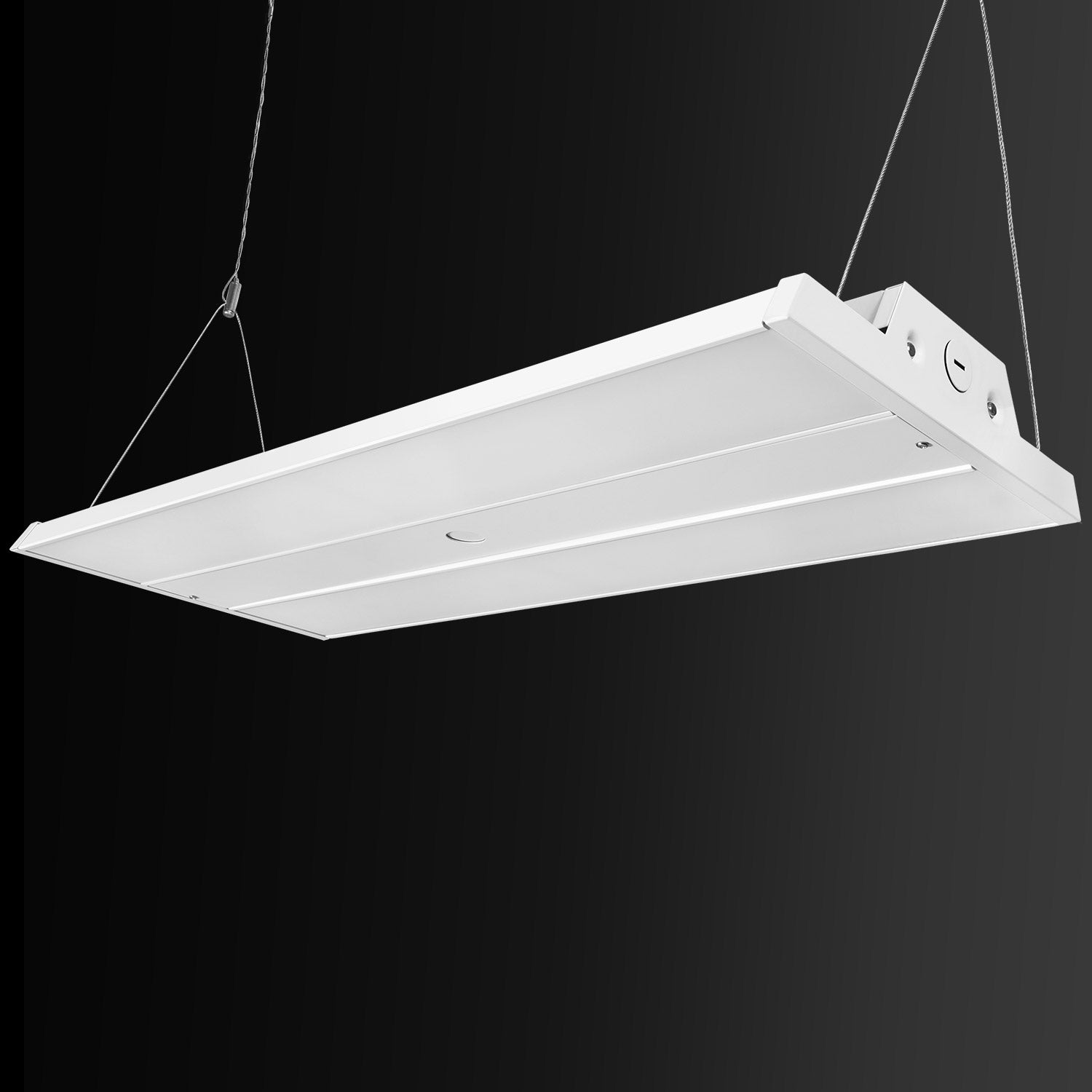
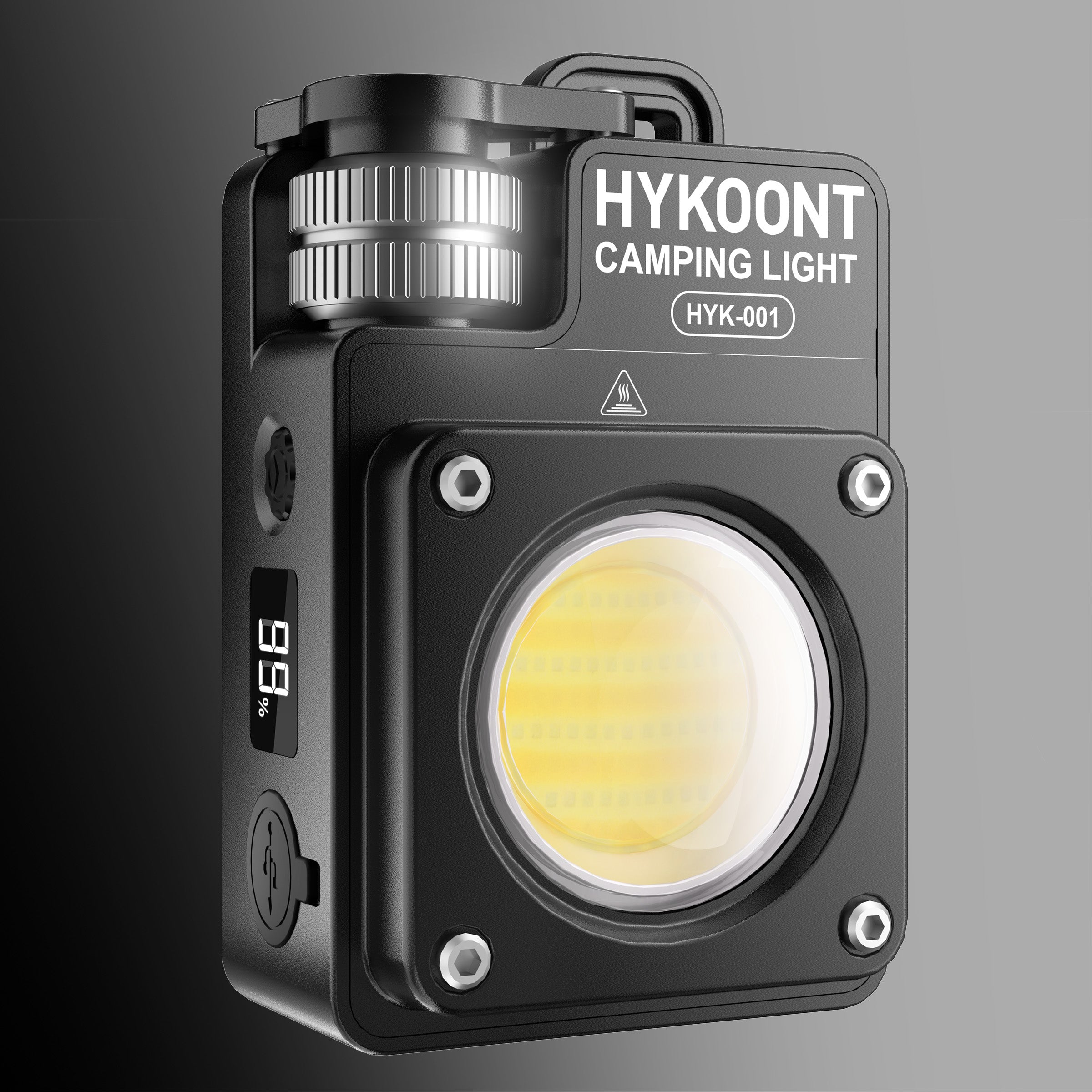
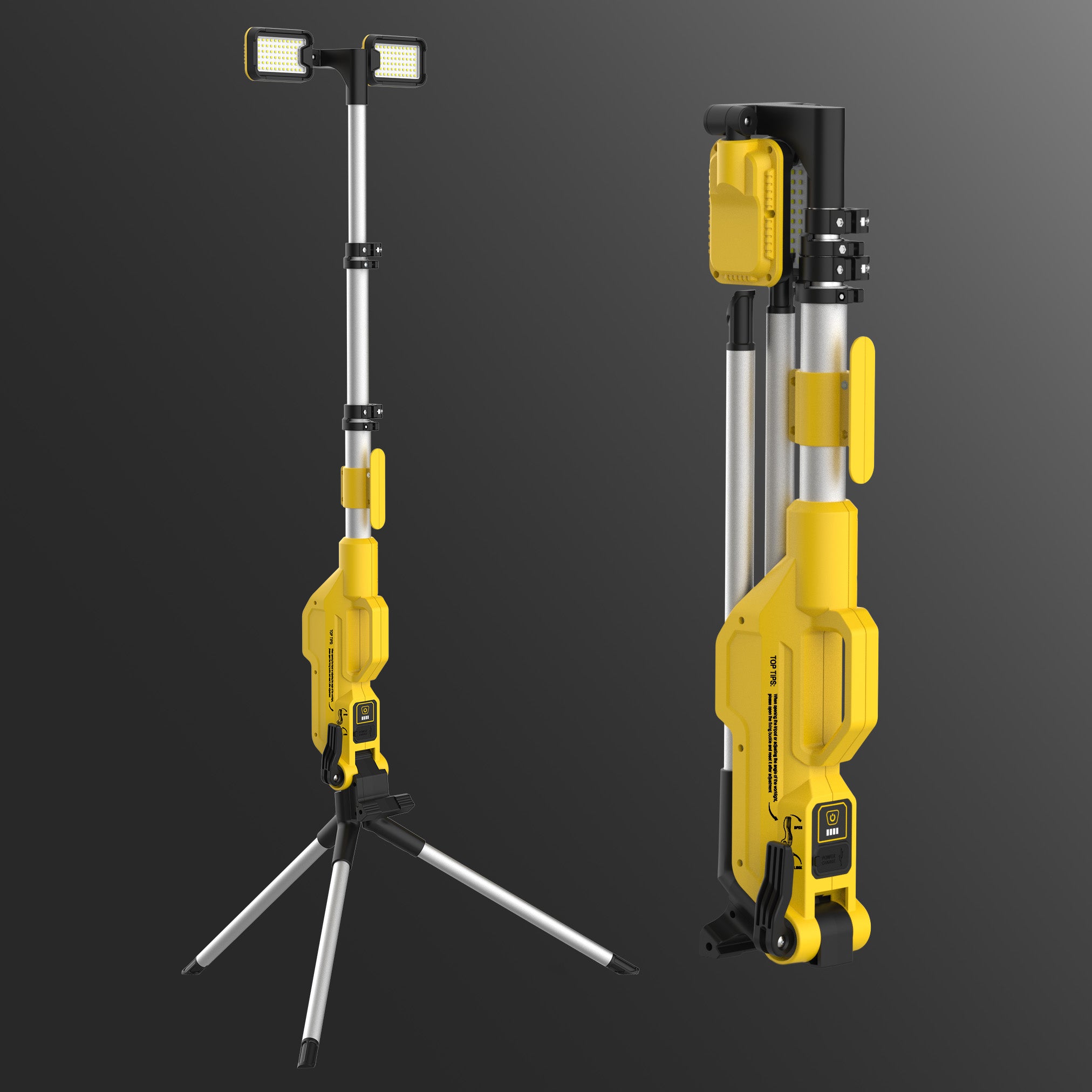
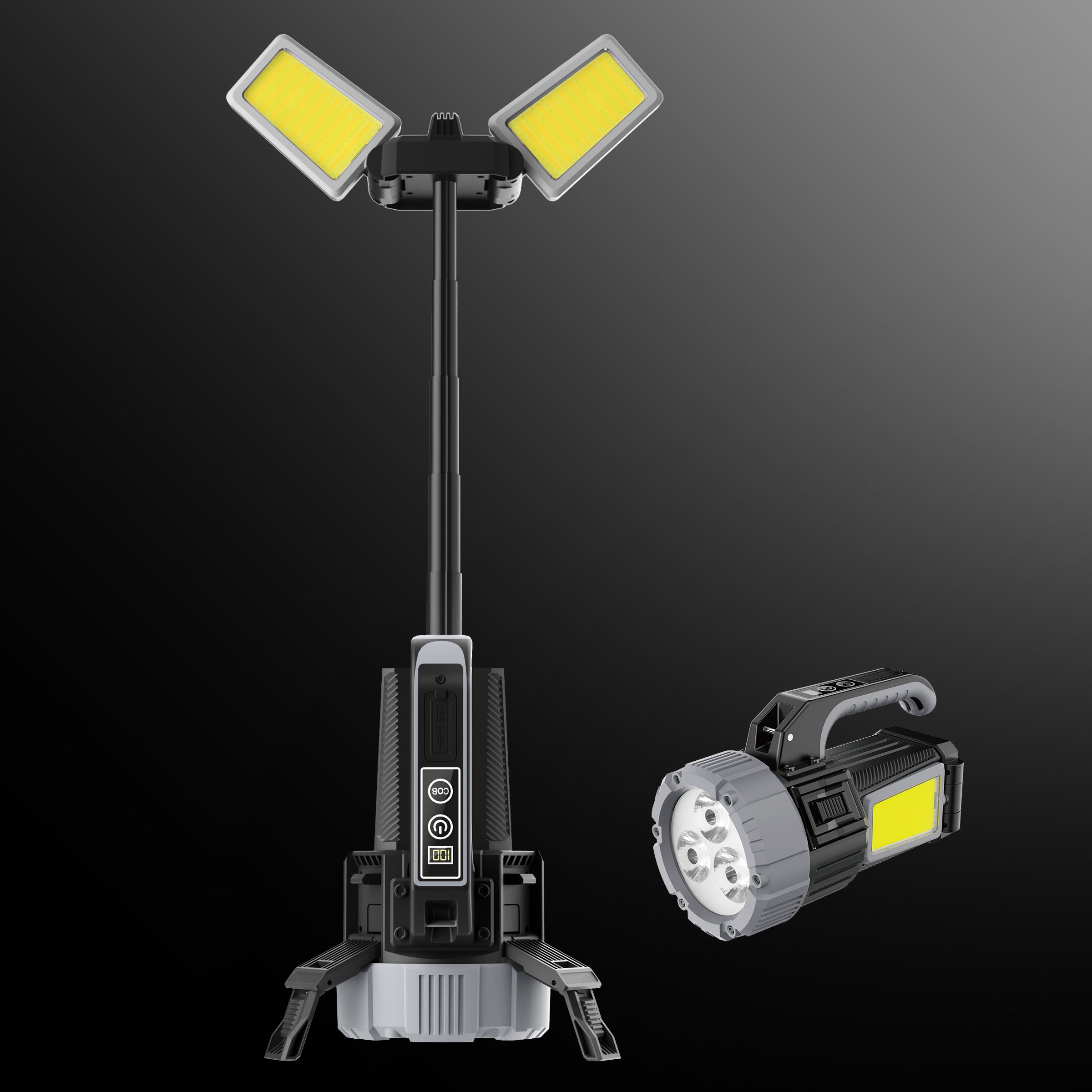

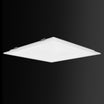
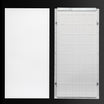
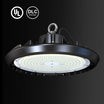
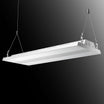


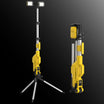
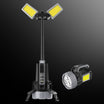
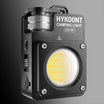
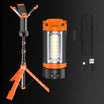
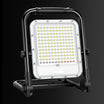
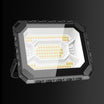
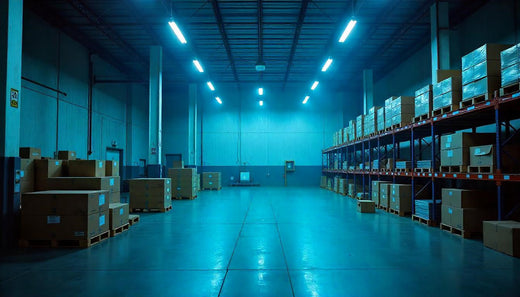
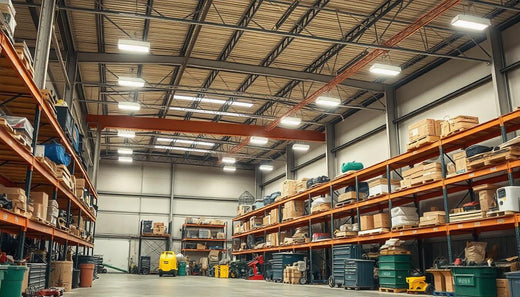

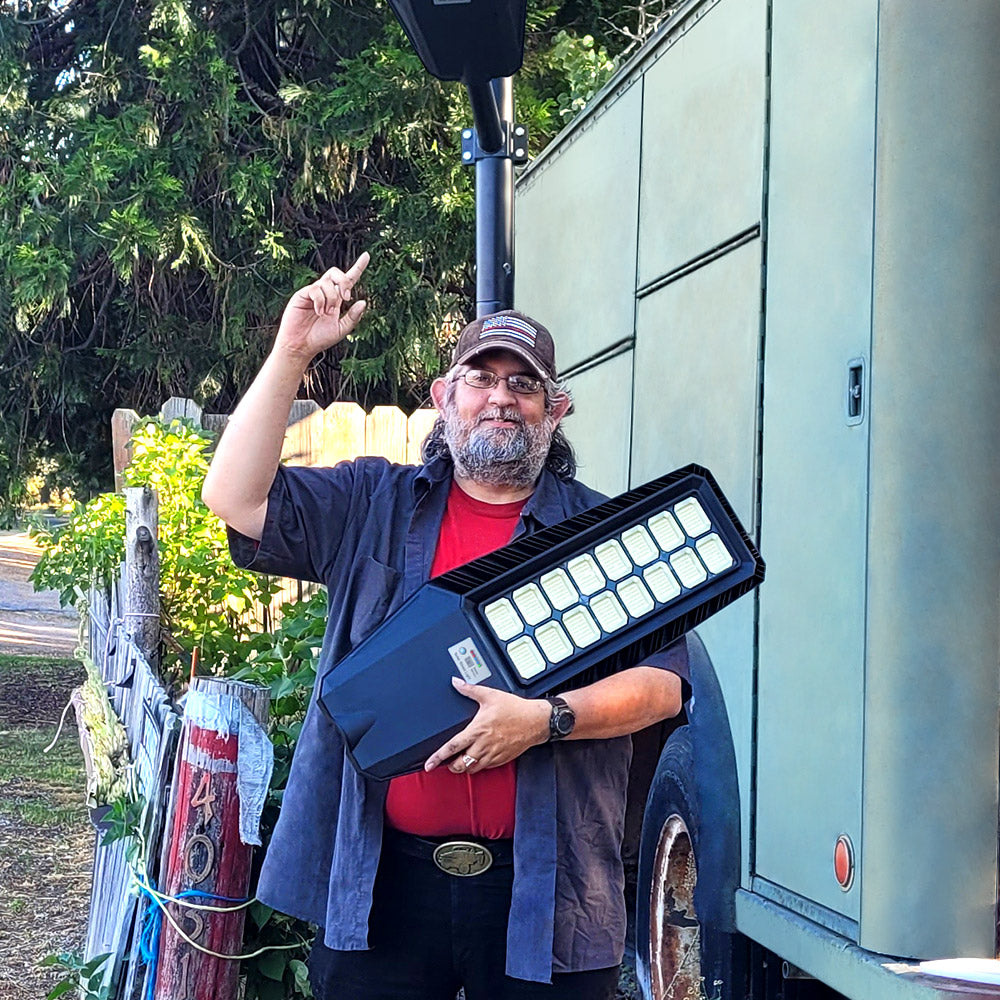
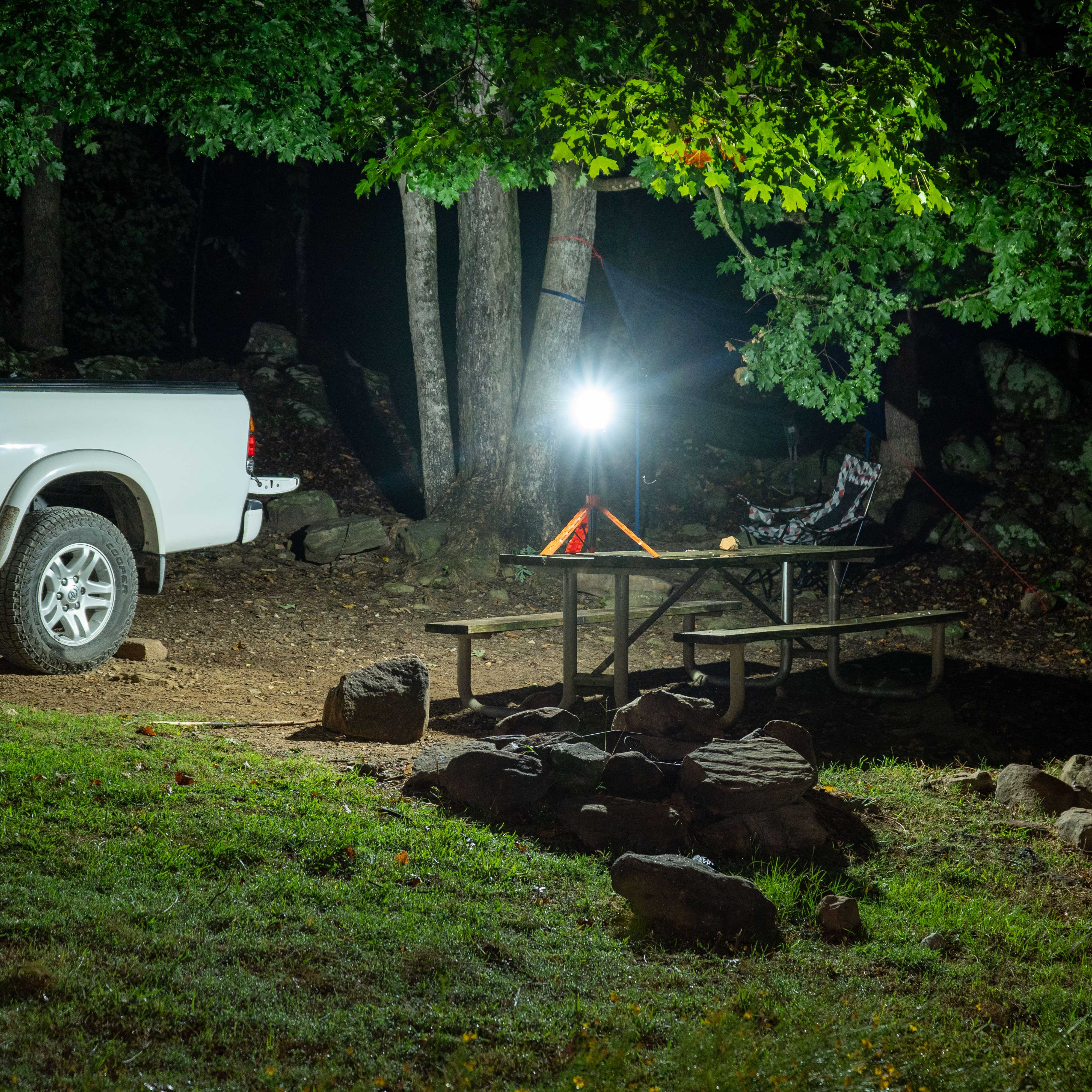
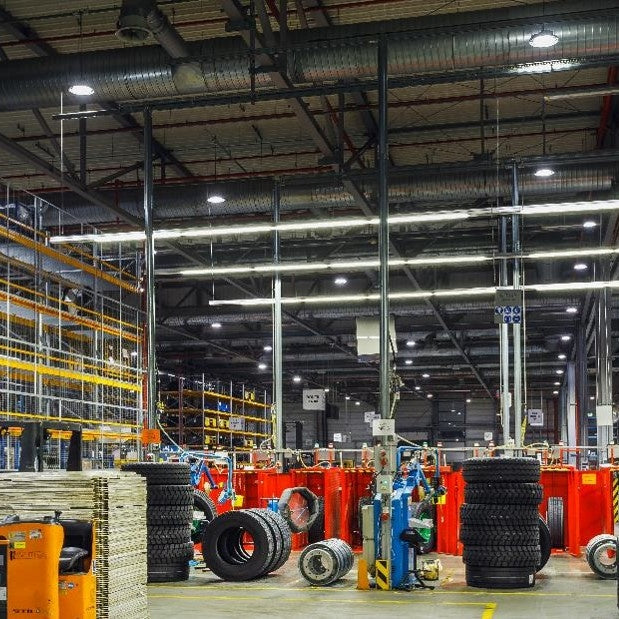
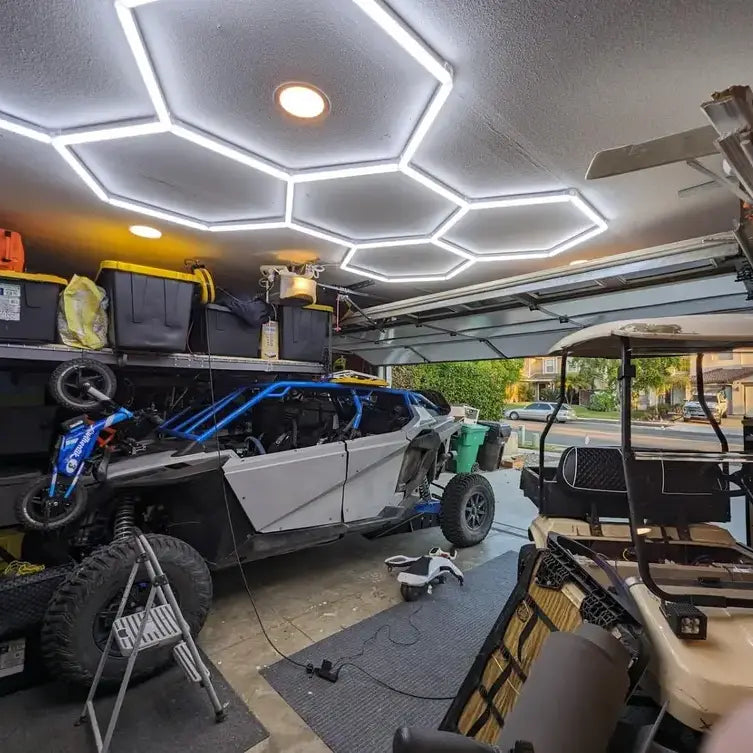
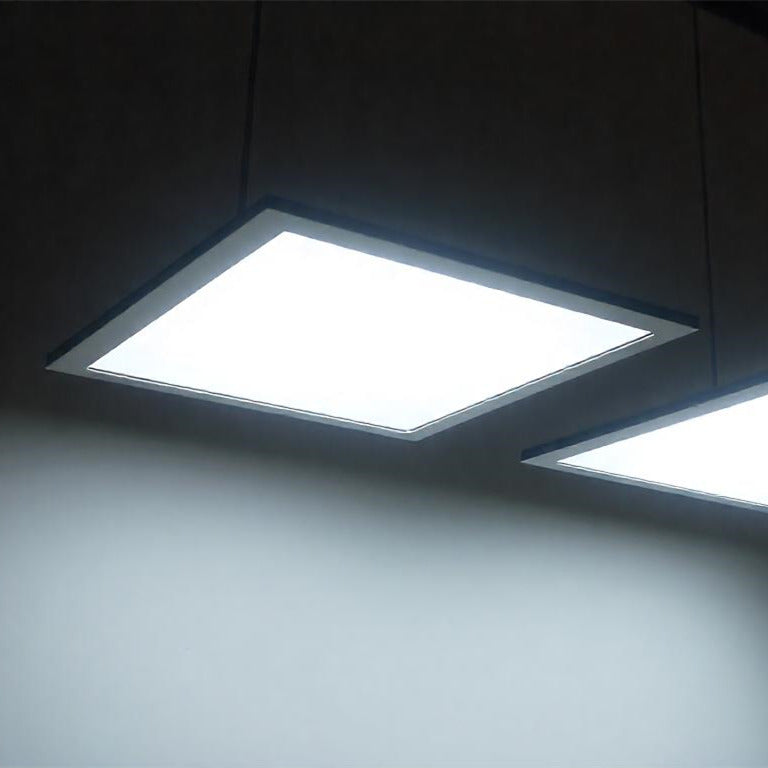
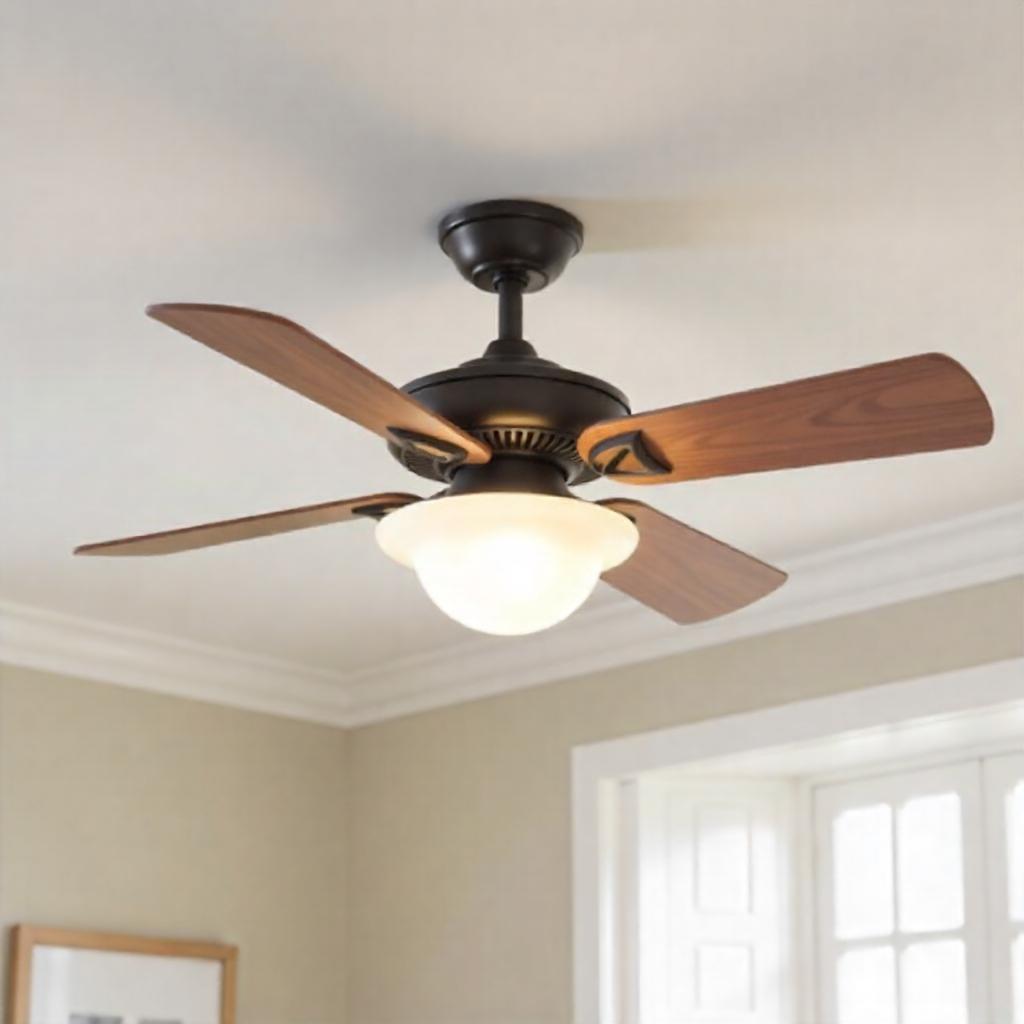
Leave a comment
This site is protected by hCaptcha and the hCaptcha Privacy Policy and Terms of Service apply.